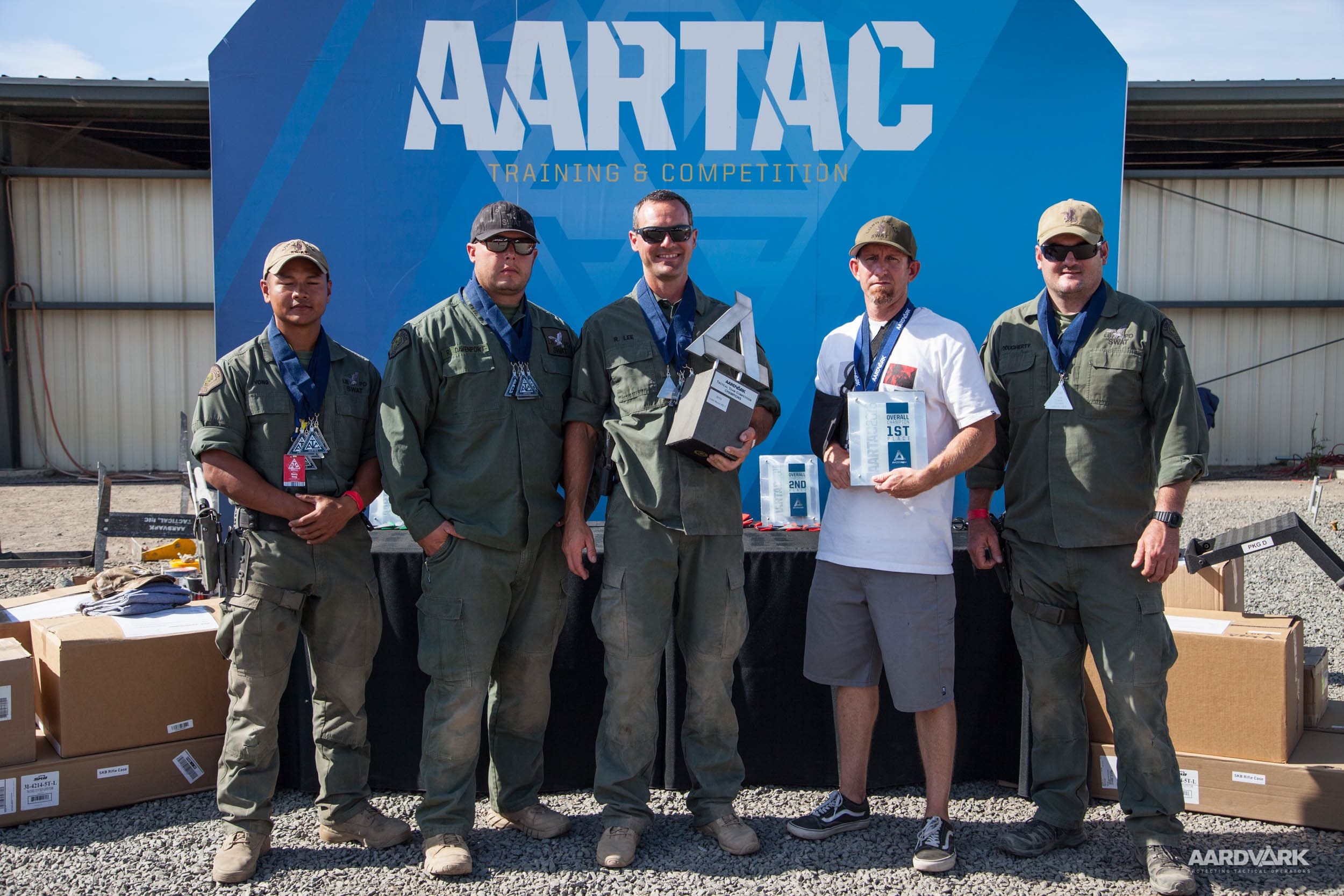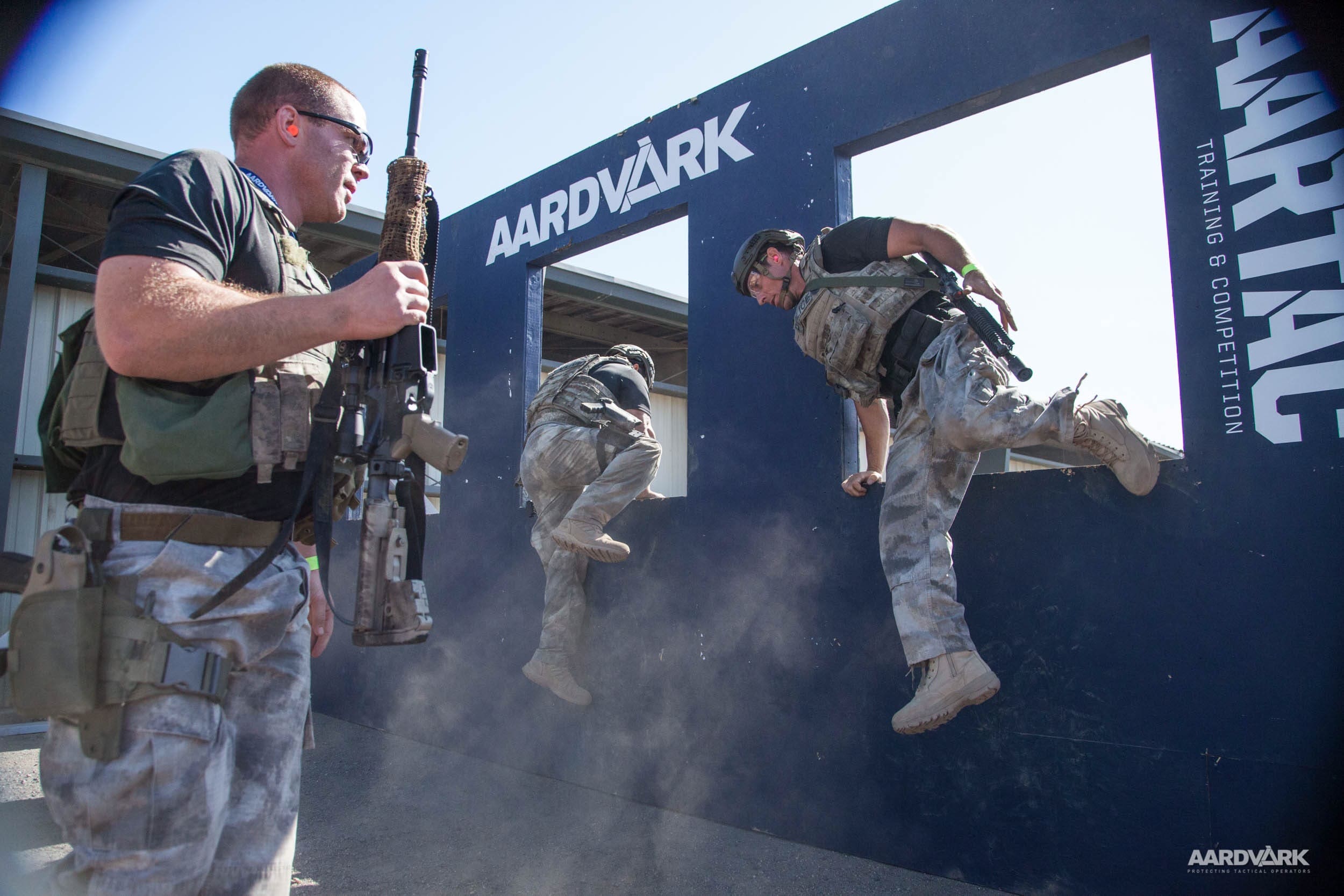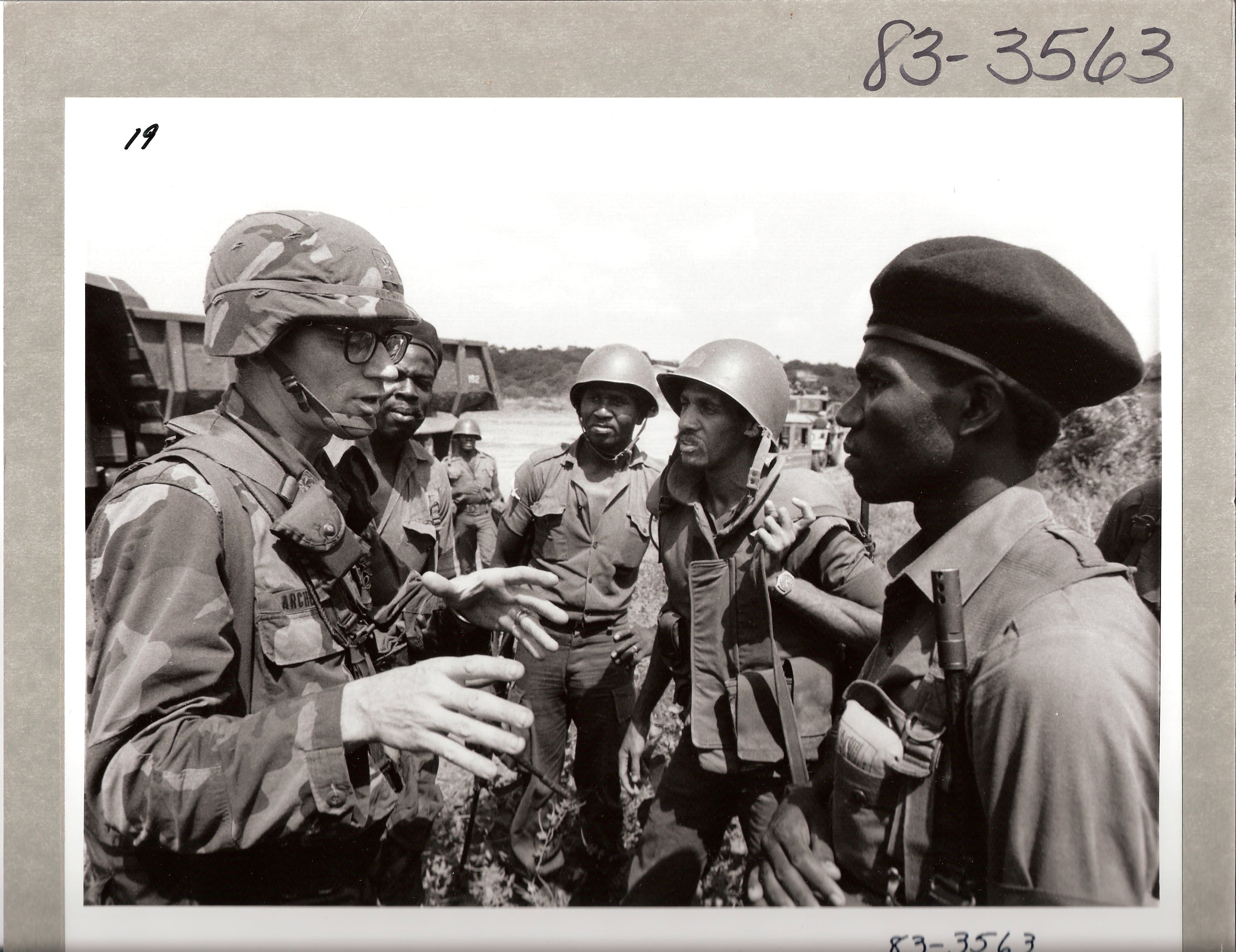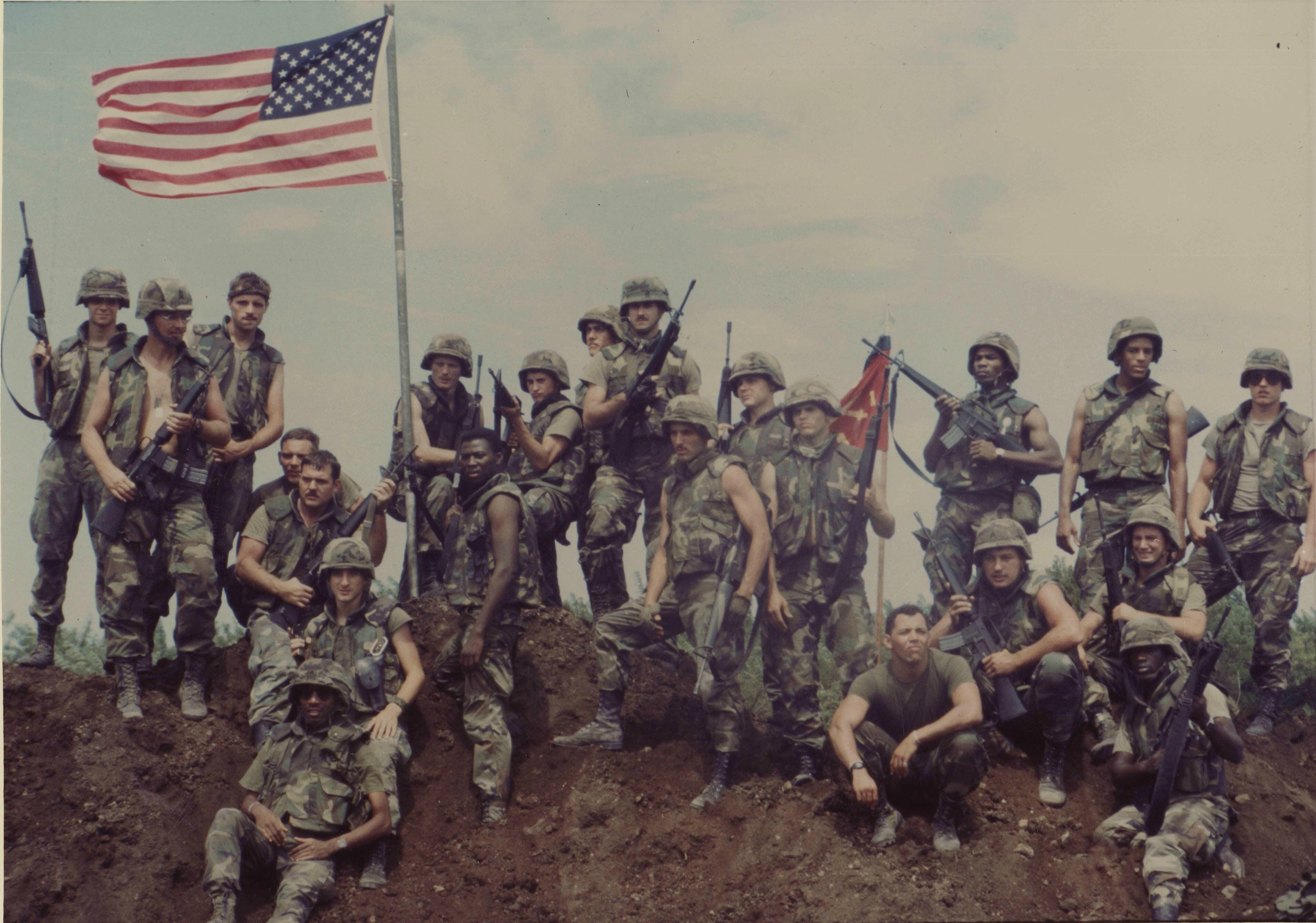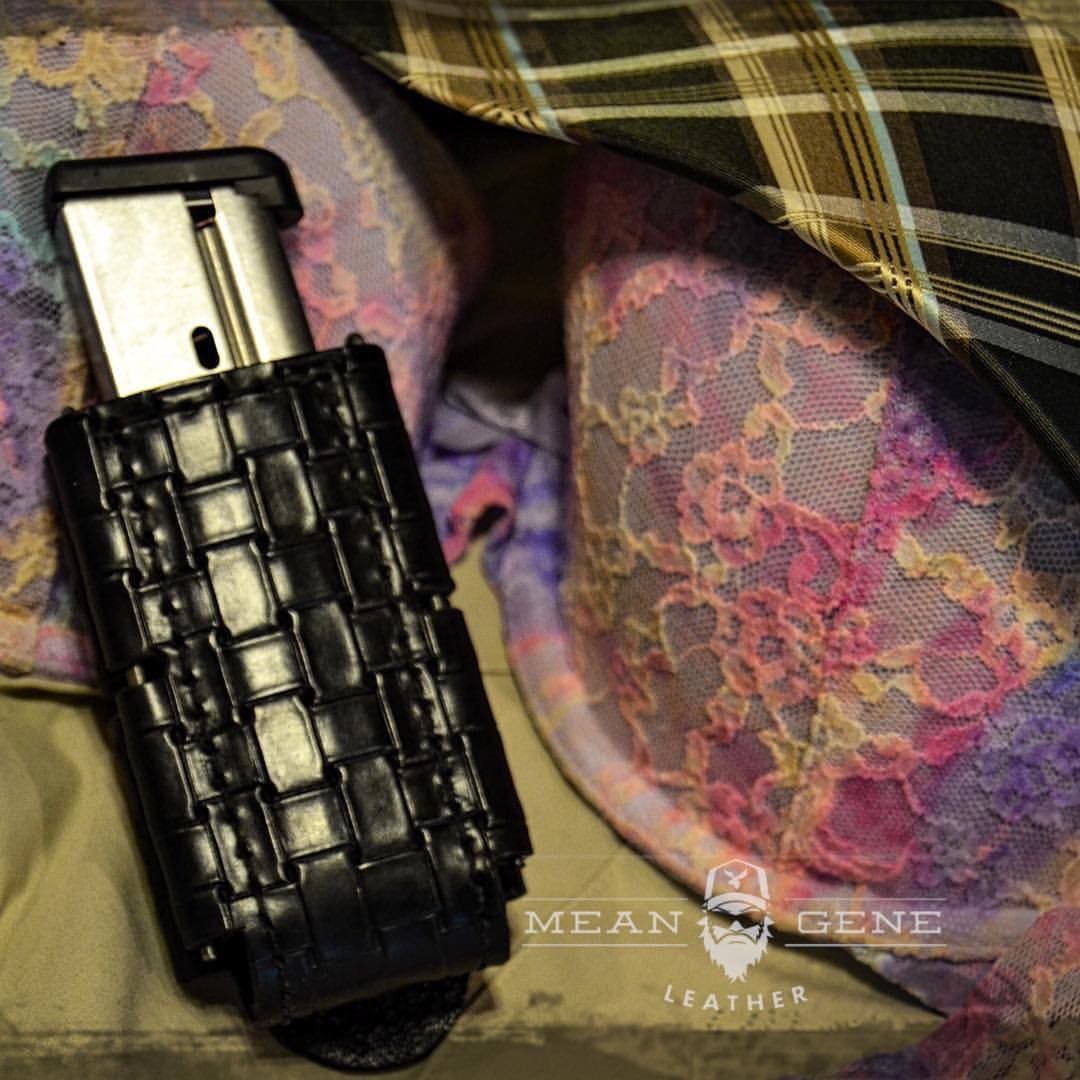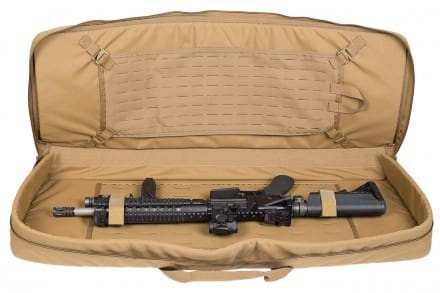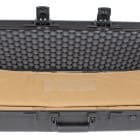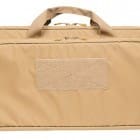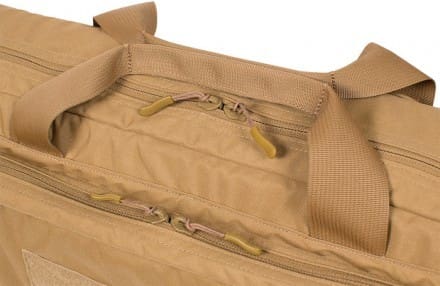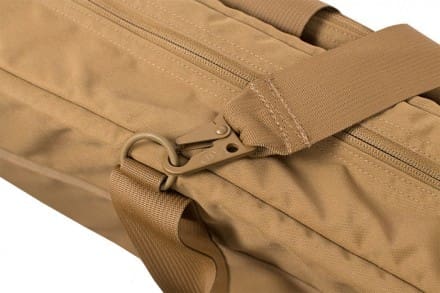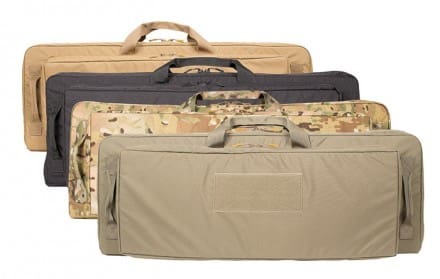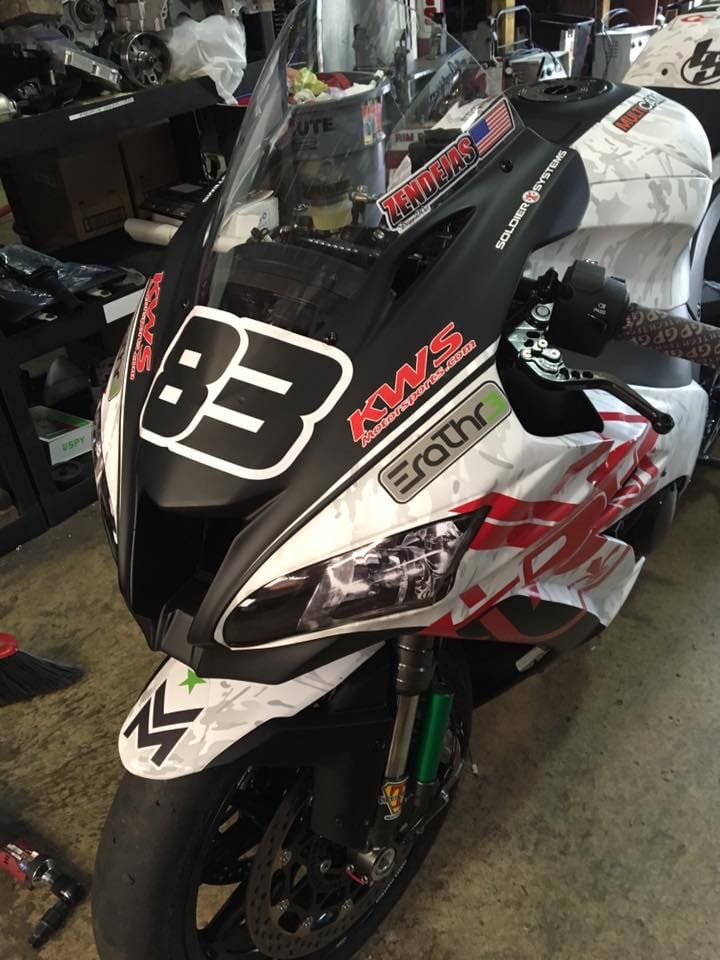Competition
Facing extreme heat and multiple team injuries, Long Beach SWAT Team 1 managed to defend their 1st Place Overall status with a time of 00:22:43.79 in the Tactical Team Competition! Placing 2nd Overall was Ontario PD 2, followed by Torrance PD Team 1 in 3rd place, Long Beach SWAT Team 2 in 4th place, and Ontario PD 1 coming in 5th. Perhaps most impressive about Long Beach SWAT Team 1’s performance was that they beat out the other 27 competing tactical teams in 4 of the 5 individual events, placing 1st in the Handgun, Carbine, Obstacle Relay, and Combat Courses, and 3rd in the Fittest Operator Challenge.
During the 2-day competition teams faced 105° temperatures while completing a series of rigorous obstacle and shooting courses. Team members were tested in their marksmanship, teamwork, and fitness. Competitions during AARTAC2016 included the Team Combat Course, Tactical Carbine Course, Handgun Course, O-Course Relay, and the Fittest Operator Challenge which pitted the fastest member of each team head to head against another team’s fastest member in an obstacle course sprint. The Team Combat Course featured numerous obstacles including walls, squeeze panels, and an unclimbable chain link fence, as well as sniper, carbine, and handgun courses of fire. The O-Course Relay was a spectator favorite, pitting teams against each other to race the course as fast as possible. The Monkey Bars proved to be more of a challenge than many teams expected, and nicknamed the “Widowmaker” during the competition, the obstacle saw many competitors lose their grip and fall to the dust below.
Training
Attendees at AARTAC2016 had the opportunity to take part in unique training provided by industry-leading instructors. Hawthorne Police Department’s Tac Med Division provided 2 full days of their Tactical Medicine Course. Outfitted with SB Tactical’s iCombat system, students in this course learned a variety of tactical medicine skills designed to provide immediate live-saving first aid as first responders arrive prior to medical crews. The National Tactical Officer’s Association (NTOA) presented SWAT Leadership by Design, a full day course providing a high level view of some of the most contemporary and pressing issues facing SWAT leaders today. Taught by Ed Allen, the course discussed many topics including recruitment of tomorrow’s SWAT operator and developing intentional training. The California Association of Tactical Operator’s (CATO) Gas and Chemical Agent Instructor Cadre (CAI) provided a course presenting topics related to the tactical use of chemical agents including liability and structural decontamination. Richard Odenthal of CATO also presented Controlling Tactical Responses using The Event Matrix which taught students the importance of task management during a tactical response.
Vendor Expo
This year’s Vendor Expo featured many market-leading brands providing hands on demonstration of their products ranging from high end tactical electronics to tactical armor. Robotex was in attendance with the Avatar III Tactical Robot as well as its Extended Reach Manipulator Arm. Attendees were able to participate in Robot Races, racing the robot around a mini obstacle course for the fastest time. Project 7 was on hand demonstrating its tactical entry vest and had employees available to discuss the design and ballistics of the groundbreaking vest. Protech Tactical, TCI, Defense Technology, and Safariland Duty Gear were all represented by The Safariland Group with AARTAC attendees able to get hands on with the latest offerings in body armor, less lethal munitions, and communications equipment as well as discuss the products with subject matter experts and product designers of the various brands represented.
For images and competition results visit aardvarktactical.com/aartac.


